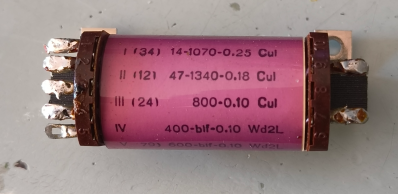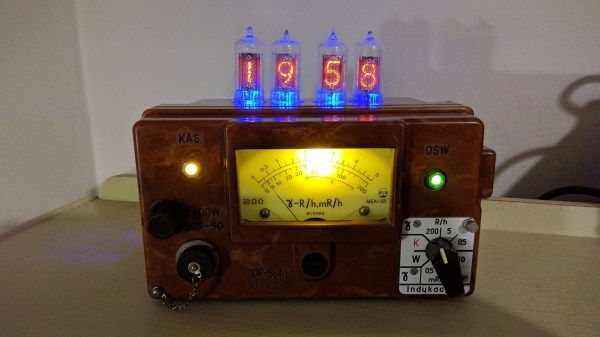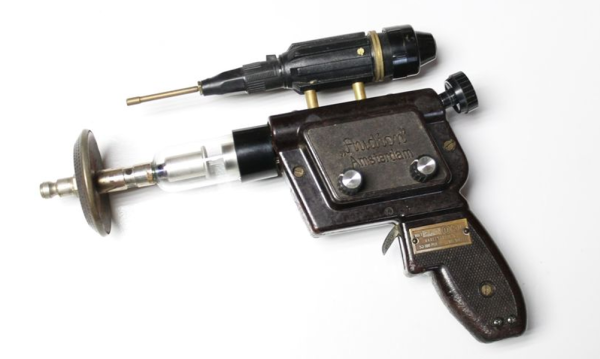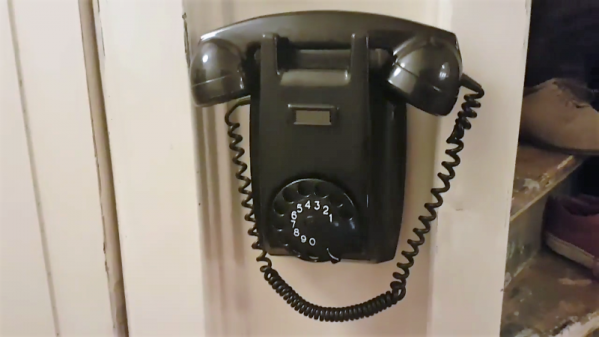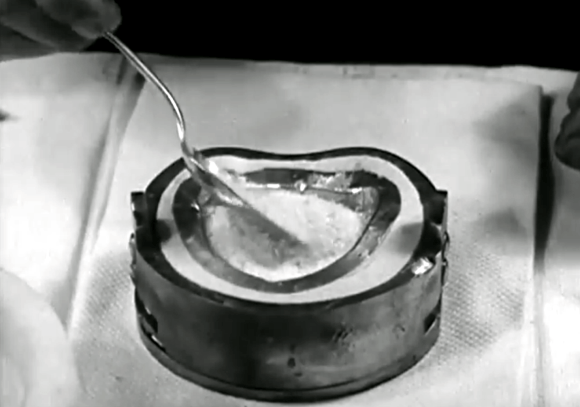There’s something magical about the clunk of a heavy 1950s portable radio – the solid thunk of Bakelite, the warm hum of tubes glowing to life. This is exactly why [Ken’s Lab] took on the restoration of a Philco 52-664, a portable AC/DC radio originally sold for $45 in 1953 (a small fortune back then!). Despite its beat-up exterior and faulty guts, [Ken] methodically restored it to working condition. His video details every crackling capacitor and crusty resistor he replaced, and it’s pure catnip for any hacker with a soft spot for analog tech. Does the name Philco ring a bell? Lately, we did cover the restoration of a 1958 Philco Predicta television.
What sets this radio hack apart? To begin with, [Ken] kept the restoration authentic, repurposing original capacitor cans and using era-appropriate materials – right down to boiling out old electrolytics in his wife’s discarded cooking pot. But, he went further. Lacking the space for modern components, [Ken] fabbed up a custom mounting solution from stiff styrofoam, fibreboard, and all-purpose glue. He even re-routed the B-wiring with creative terminal hacks. It’s a masterclass in patience, precision, and resourcefulness.
If this tickles your inner tinkerer, don’t miss out on the full video. It’s like stepping into a time machine.



